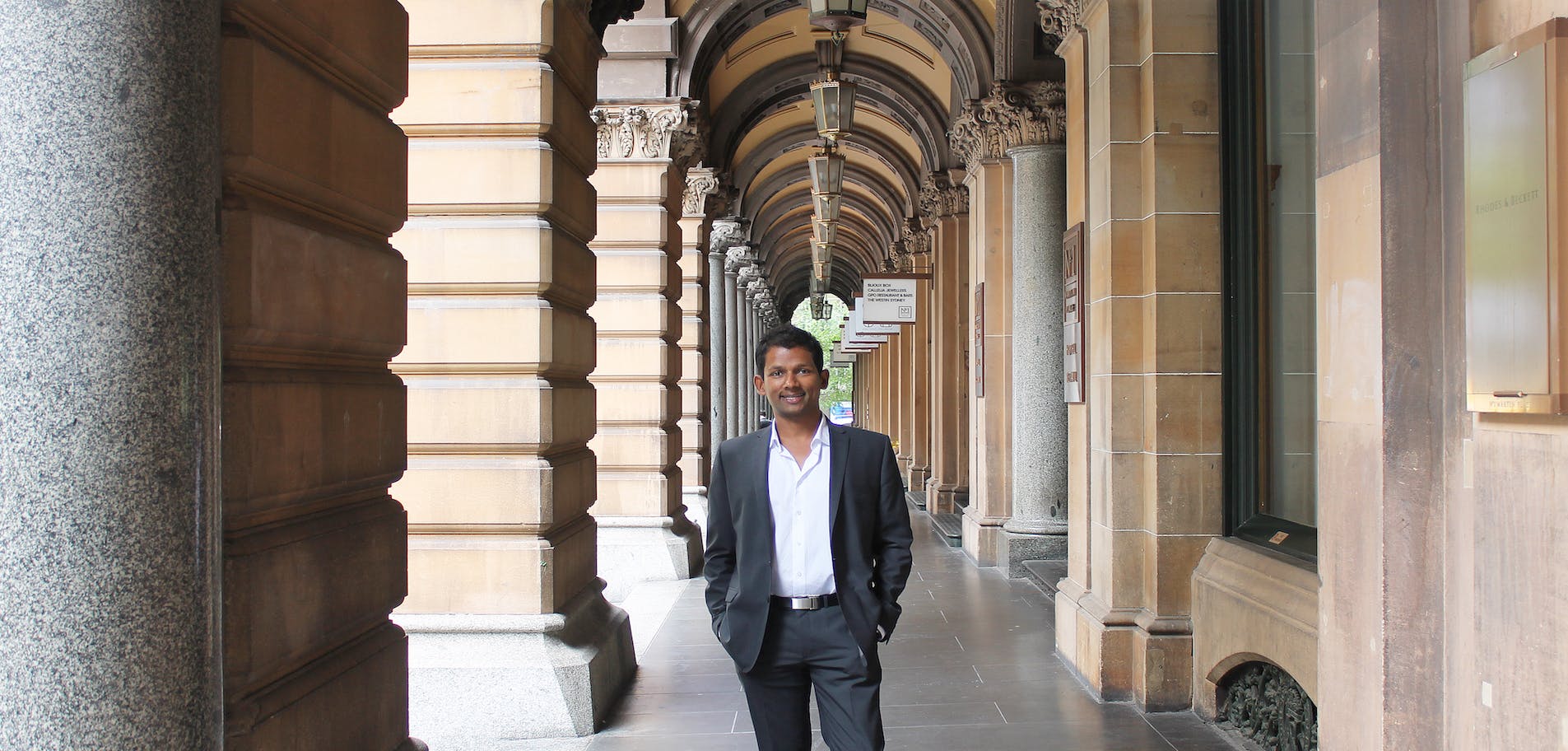Traditional telecommunication networks are stuck between a rock and a hard place: their profit margins are eroding from the growing commoditisation of voice and data and yet; with capped data plans still the norm, consumers are not quite getting what they want. And the culprits – look no further than the likes of Skype, Viber, Netflix, Spotify and a host of other digital services; all of which are fuelling our insatiable appetite for data. But ex-General Manager of Corporate Strategy at Optus, Mevan Jayatilleke, saw it coming – and he has a solution.
Speaking of his experience at Optus, Mevan said “I could see that the market was ripe for disruption and indeed disruption was taking a hold on certain market segments.
“I knew then we had to do something different besides just competing on price.”
Armed with this foresight, in June 2012, Mevan incorporated Infrastructure Logic (IL), an innovative telecommunications infrastructure carrier business with a vision to maximise data access in a more profitable way for network operators. And it works by leveraging one of Australia’s proudest inventions – Wi-Fi.
Along with four other telco experts turned industry game changers, Mevan has spent the last 3 years rolling out a network of Wi-Fi hotspots across Sydney, Melbourne, Adelaide and Perth. Extending the benefits of the office or home to the great outdoors, consumer devices on the network of an IL customer will automatically connect to the Wi-Fi hotspots to retrieve data.
Aiming to safeguard the commercial wellbeing of data usage into the future, this revolutionary model takes consumer demand away from the costly and overloaded base stations used by traditional networks. And the effect is two-fold: services are faster and more reliable for consumers in crowded areas, while the use of cheaper equipment widens the profit margin for network providers.
So this might all make sense – now that we’ve seen how consumer behaviour is changing – but Mevan concedes that two years ago, some bets were made.
“The big bets we made early in foreseeing how the market would evolve, and the strategic investments we made have now put us in a unique position,” he said.
And if there were any shadows of doubt remaining, Mevan commented “almost two years after we had identified the market and the opportunity, Telstra came and fast-tracked the implementation of the concept and validated the market!”
Telstra invested $100 million on a national Wi-Fi roll out, targeting their fixed broadband, mobile and SIM-less market customers. Non-Telstra customers are able to pay a daily fee for casual usage.
A rare treat for innovative start-ups and pioneering entrepreneurs, IL has affirmation in abundance; but does this mean IL are now competing with the telco giant, Telstra? Apparently not, according to Mevan. While Telstra are busy servicing their own customer base, IL has designs to bring this technology to the wider market.
“From a wholesale perspective, IL has no direct competitors that are open to all market segments,” he said.
Since incorporating in 2012, IL has expanded to a team of 30 who collectively hold over 100 years’ experience in the telco and media industry – all visionaries of the next generation of telecommunications infrastructure. But Mevan commented that it’s not all about getting consumers and network providers to embrace change. One of the biggest challenges they face is “getting people to see the new opportunities Wi-Fi can create in adjacent segments – where the growth will come from.”
“We’re currently working with councils, shopping centres and venue operators.
“For instance we work closely with councils and shopping centres to provide more than just Wi-Fi access but also data analytics and location based analytics to create a better customer experience. We also work with councils to maximise the economic, social and community benefits that Wi-Fi fosters through enabling participation in the rapidly shifting move to the digital economy.”
Some of the specific benefits Mevan points to include the encouragement of ecommerce, retail, professional activity, employment and social inclusion.
“It has the ability to promote a council as a great place to do business,” Mevan said.
One of the councils already experiencing the benefits is Woollahra Municipal Council in Sydney which has recently partnered with IL to provide free Wi-Fi in its commercial district. Janice Dalton, Information Systems Administrator at Woollahra Council said “the council Wi-Fi solution is carrier grade which is very scalable, therefore providing a better solution, offering 3G equivalent of better.
“Providing free Wi-Fi in the commercial centre not only attracts more visitors and boosts commercial activity, but it provides our council with a great platform to connect and communicate with our community.
“Heat Maps assist council to provide useful information on popular gathering spots in the commercial area,” Janice added.
With Fairfax recently revealing six of the world ‘smartest’ cities that Sydney can learn from, the pioneering IL team could very well be in the right place at the right time. From traffic management to city planning, IL are hoping to play a pivotal role in the development of innovative Wi-Fi enabled services across our cities.

